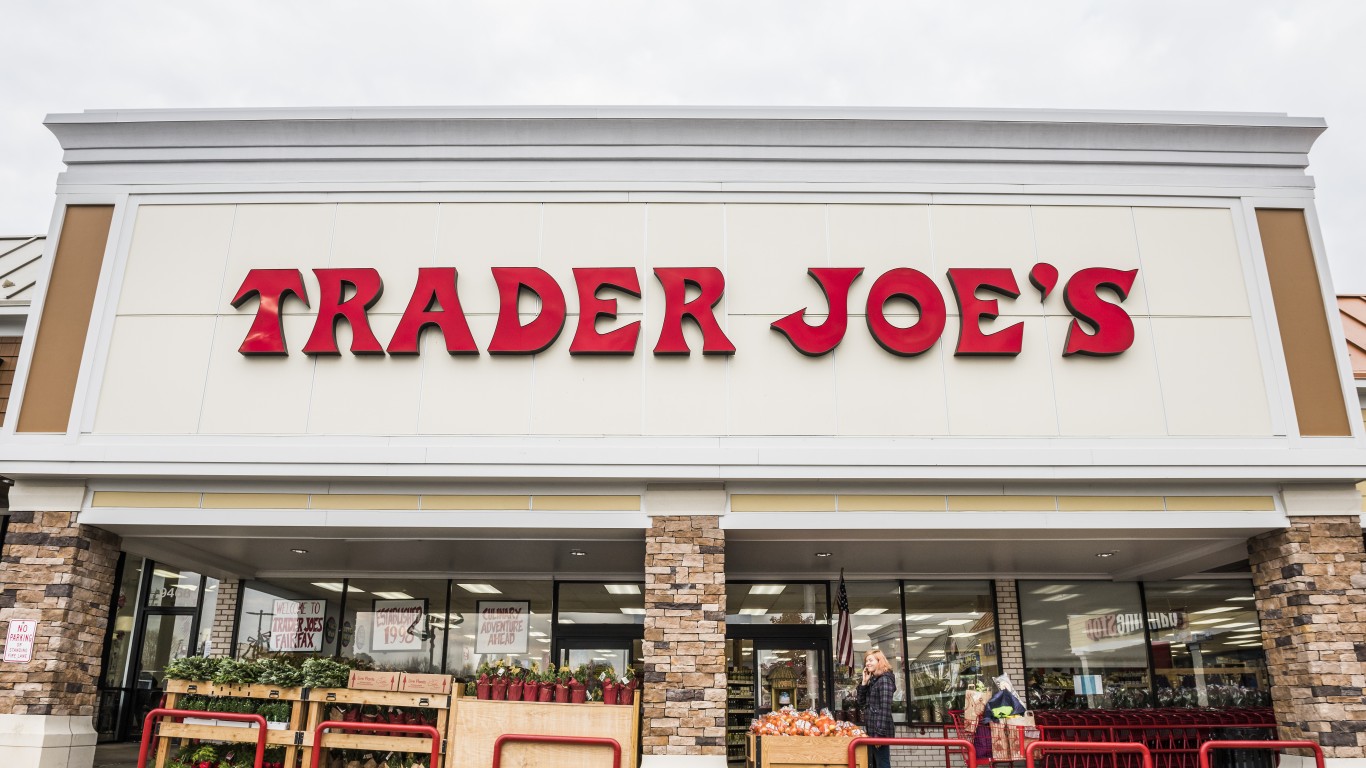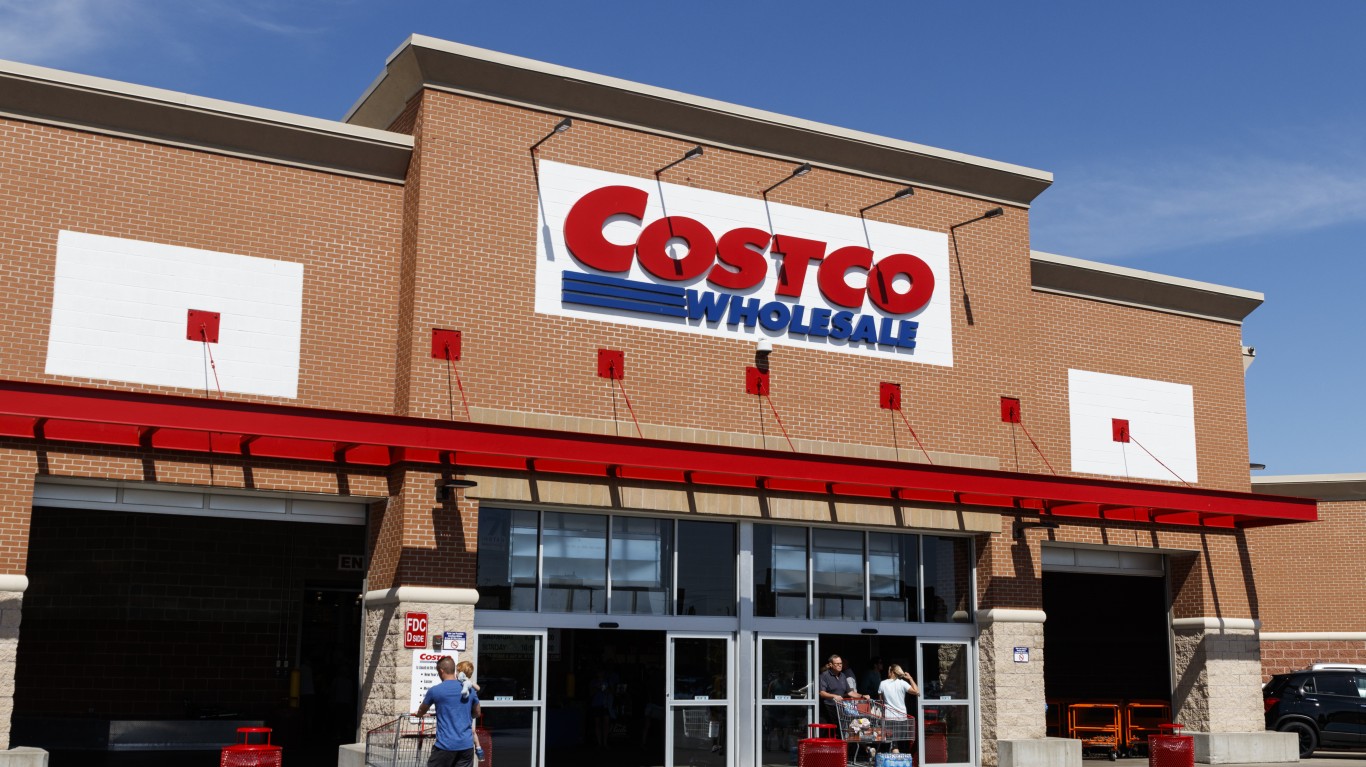Amazon.com Inc. (NASDAQ: AMZN) has been one of the greatest growth stories of the current generation. It has grown from a mere online seller of books and CDs to an online giant that sells just about everything and wants your media dollars too. The problem is that all of this growth just hasn’t ever equated to significant profits. It may even have a societal cost that the public doesn’t consider. After its most recent earnings report, the investment community may finally be sending that long overdue message that businesses need to be profitable.
Yes, profitable.
24/7 Wall St. has seen scenario this with critical eyes over the past year or so. It is one thing to invest for the future, something that Team Bezos has done relentlessly. This sounds great, but how many businesses should one company be allowed to disrupt by losing money and having in some cases what looks like a negative margin? After all, aren’t businesses under the tax code supposed to be formed to make a profit?
After the earnings call this week, we saw that CFO Tom Szkutak confirmed the lack of caring about profits. He said, “We are not trying to optimize short-term profit.” This is understandable for a real “short-term” outlook, but Amazon has been around since the 1990s and it keeps growing into new areas.
ALSO READ: America’s Worst Companies to Work For
Amazon has been the greatest force behind the death of the community bookstore. It was one of the forces after Apple that helped put music retail stores under. Amazon was able to have consumers use destinations such as Best Buy and other electronics stores as a virtual showroom. Amazon has gotten into shoes, sports collectibles, groceries, the Kindle reader, the Fire smartphone, clothing, video games, office products, appliances — you should get the idea by now. If it can be sold online, Amazon is in it and causing havoc for the large retail destinations in just about every category.
Again, how long should Jeff Bezos be allowed to make no profits and keep disrupting businesses? It is without a doubt at all that Wal-Mart Stores Inc. (NYSE: WMT) disrupted communities handily in the past 30 years. Drive through any small town in America now and see how many vacant storefronts there are, and you almost certainly won’t see a general store. The difference between Walmart and Amazon is that Walmart at least made vast profits, it is a massive retail landholder, which also allows other businesses to congregate in the immediate area to feed off of the Walmart store traffic. And almost all of Walmart’s register sales generate local and state taxes. Lastly, Walmart employs some 2.2 million people.
Now think about the societal impact of Amazon against retail. Brick-and-mortar stores occupy physical space on major streets and highways throughout cities and throughout America. They contribute to the value of real estate, they employ workers in the local area, and they generate sales taxes for cities, counties and states. Efforts are underway to make Amazon pay more of their fair share in taxes, but in many cases this is somehow left as the responsibility of buyers. Amazon solely owns warehouses, but this allows no new real businesses to pop up because people aren’t going to the warehouses to shop. Amazon employs more than 100,000 workers.
Amazon Prime is another issue entirely, with free media and free two-day shipping. Amazon lost money on this with many of customers before the latest price hike that grandfathered the $79 per year fee for existing users. Amazon will still lose money on this with many of its customers after the price hike to $99. How many items have to have free shipping to eat into $20?
So, what does all of this add up to? Amazon’s stock price fell by 9.6% to $324.01 on Friday and it did so on four times the normal trading volume. With a market cap of $149 billion today, this means that the stock market sent Jeff Bezos a punishment bill of about $15 billion.
On top of the reaction, Amazon’s stock was downgraded at many firms. Merrill Lynch, Canaccord Genuity, B. Riley, Raymond James, RBC Capital Markets and many others either downgraded Amazon’s formal rating or they lowered their price targets.
ALSO READ: 10 Brands That Will Disappear in 2015
Now think about this — Amazon’s stock price of $324 (down from a peak of over $400) is still worth about 150 times expected 2015 earnings per share. Investors are literally forced to pay 150 years worth of earnings, for a company that has been public for more than 15 years.
In the end, this is not about one company. It may be about our society. Consumers flocked to Walmart and its low prices in the last generation without a care about the impact on the communities. Now Walmart is in the news almost every single day for its labor relations and low wages.
So, what does this say about society now? Is society really going to let Amazon get a large portion of anything in the retail market that can be shipped, and lose money doing it?
The verdict as of Friday is that Amazon is still a great company but one that it may not be a great stock. If Amazon decides to become profitable then the sky is the limit. If it wants to keep kicking the profit can down the road from 2016 to 2020 and then to 2025, investors may start to steer way clear of a company that wants into everything but is willing to lose money for a decade at a time.
If Amazon doesn’t start to show that it can make money in each of its operations without disrupting existing business segments, the IRS might want to consider making Amazon change its .com to .org.
Thank you for reading! Have some feedback for us?
Contact the 24/7 Wall St. editorial team.




